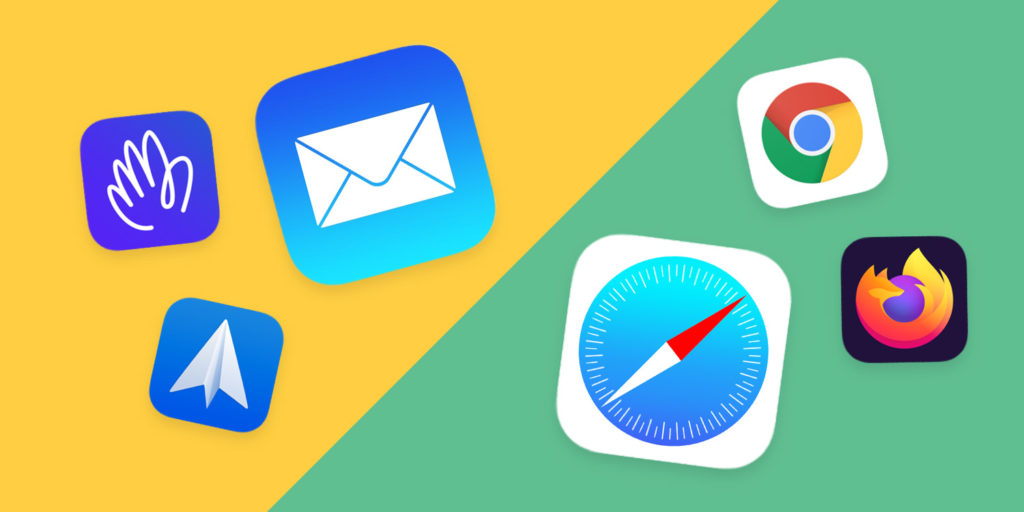iOS will soon let you choose your own default apps – but not all at once
Apple is a bit of a control freak. The company has an opinionated outlook and a vision of how things should be done. If you ‘think different’, too bad, because chances are Apple won’t give you ways to change key elements of the user experience for its products.
This is particularly apparent on Apple mobile devices. In the early days of iPhone, you got a bunch of pre-installed apps and Apple suggested web apps were the way to extend your device. Within a year, the App Store arrived, but Apple’s vice-like grip on the iPhone subsequently remained tight.
Although rivals to Apple’s core apps arrived — amazing calendars; feature-rich email clients; innovative weather forecasting systems — Apple never let you change the defaults from its own products. On Mac, PC and even Android, you have long been able to decide which web browser is used by default. On iPhone, your ‘choice’ is always Safari.
Time for a change
Some companies got around this problem by creating their own pseudo-ecosystems to sit atop iOS (and now iPadOS). Google’s is the most famous, with a high level of integration between its various apps. But now there’s a distinct possibility such workarounds won’t be necessary, with the iPhone and iPad becoming more Mac-like when it comes to default apps; and that’s because Apple in iOS 14 and iPadOS 14 finally allows you to change them.
Well, two of them. Apple’s decided you should be able to change your default email client and web browser. So rather than Mail, you could opt for Spark or Hey. Instead of Safari, you could default to Firefox or Google Chrome. This will be a boon for anyone who uses those products on PCs, Macs or Android, or who demands features Apple’s own products don’t provide.
Ideally, Apple should take things further. There’s no good reason eventually why you shouldn’t be able to set Fantastical as your calendar, Spotify as your streaming music app, and Weather Pro as your weather app of choice. The key word in that sentence, though, is eventually.
Slow and steady
Flexibility regarding default apps has been a long time coming, but Apple must get this more flexible approach right. People are used to how iOS and iPadOS works. There’s a level of trust in how it functions. By addressing the biggest pain points first — email and browsing — Apple has a way to enrich the iPhone and iPad user experience in a meaningful way for millions of people. And by moving slowly and carefully, the company can ensure it doesn’t mess things up.
A free-for-all would be the worst of all worlds, transforming arguably restricted but inarguably coherent platforms into a chaotic nightmare. If any app could ‘be’ a browser, people could quickly find themselves with all manner of problems when using their devices, and be concerned about rogue apps gulping down data they have no business accessing.
For now, then, baby steps are the way. This fall, a handful of Apple-approved email clients and browsers will join Mail and Safari as potential defaults on your iPhone and iPad. It’s not where we want things to end up, but it’s a good start.

